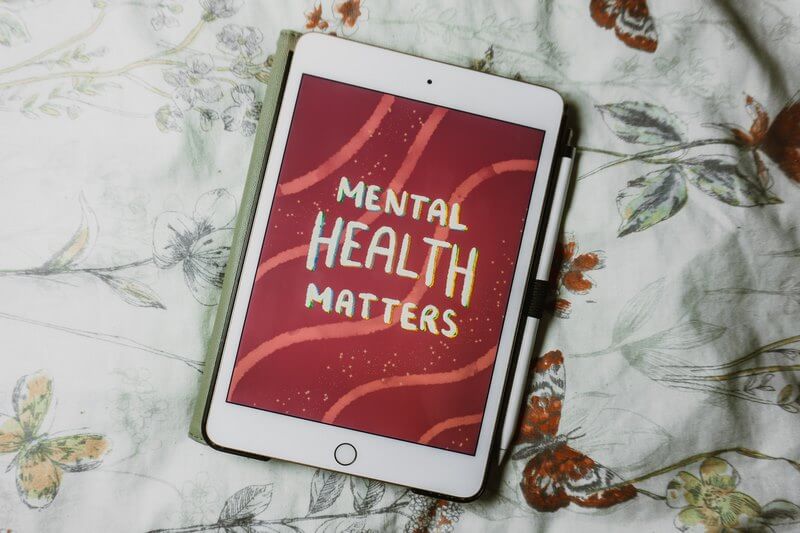
Mass shootings are an ongoing threat
As a topic, mass shooting risk is one that I would prefer not to cover in a resilience blog. However, this weekend’s events in Buffalo, New York, raise the need for us to focus on this threat. I do not have law enforcement credentials, and I am not a behavioral health scientist. If you want to dive deeper into the topic, I suggest you listen to Steve Crimando’s 2019 podcast Unpacking The Relationship Between Mental Illness And Mass Violence.
However, it is within our scope to consider internal and external risks. Another quick overview is the Evolution in the Active Shooter Risk and Response. Crimando and other dedicated professionals work to prepare government agencies and companies for these acts of extreme violence. Many organizations plan for workplace violence incidents but should train employees for community incidents.

Safety in the home or office
With the workplace evolution, COVID precipitated, and companies can do more to promote work-from-home safety. I suggest adding community risks to your preview. Indeed, specialized workers in the field or those who interface with customers receive challenging situations training. It makes sense that risk professionals add this to our recommendations.
The April 12th shooting in the Brooklyn subway is another example of an event that can impact your employees. The event occurred during the commuting rush, increasing the potential employee impact. In the post-COVID world, threats outside the traditional are worth noting. Workforce considerations include increased threat identification around office locations for safety. It also includes enabling safe environments for home offices. Increased risk considerations must also include personal privacy protection and cyber threats. A renewed focus on travel assessments is also worth ramping up.

Duty to care considerations
Some organizations shied away from addressing active shooter or workplace violence events not to frighten them. Now, it is a social contract between the employer and the employee. If companies do not make an effort to educate or protect their workforce adequately, they risk inadvertently harming the people they are trying to protect.
With the rise of Duty to Care, a company agrees to make a reasonable effort to mitigate risk to its workforce. So, it is worth reviewing your current protocols to identify gaps to address them. For example, your workforce may be more dispersed, and increased direct touchpoints may be warranted. Old protocols could be outdated, and more effective procedures could better protect the workplace.

A failing mental health system
In my view, mass shooting risk stems from the failure of our mental health system. Now, I am not disparaging the dedicated people who provide mental health services and are valiantly trying to help those with diagnosed illnesses. Mental illness does not equate to violence. Mental illness is common, and research on these perpetrators shows that mental illness is a contributing factor but not the cause. As Steve Crimando notes, mass shootings are a statistically rare event.
Individuals who commit mass violence were victims of violence or trauma in childhood. Also, they experience a personal crisis before the event. They are often socially contagious, and perpetrators are seeking recognition. Finally, they find means or access.
Nor am I taking a political stand because that is not my style. I leave politics to the politicians. The NY Mayor called for more psychiatric services after the Brooklyn subway shooting, which always strikes me as reactive rather than a proactive approach. Regardless, our preview is within our organizations to encourage resilience. However, the impacts of this fractured system are real, and we must acknowledge there is a risk to resiliency.

How resileince can play a postive role
So, I call upon us to do what we can–as members of our communities and resilience professionals–to promote early detection of illness or substance abuse and plan for worst-case scenarios. In a recent blog, Emotional First Aid For Employees, I shared the Mental Health First Aid program corporations are adopting to spot illness and guide people to resources. Additionally, I called for companies to ensure appropriate employee post-crisis support, like the services R3 Continuum provides.
As the work environment continues to evolve, soft target and active shooter risk preparedness should continue. Thinking of employee safety as they move around their communities and travel to offices, conferences, or client meetings widens the risk landscape. We may not be responsible for employees’ actions, but we can prepare them for community and workplace crises with exercise and training. Let’s honor the citizens who tragically lost their lives to senseless violence by committing to a more resilient future.
